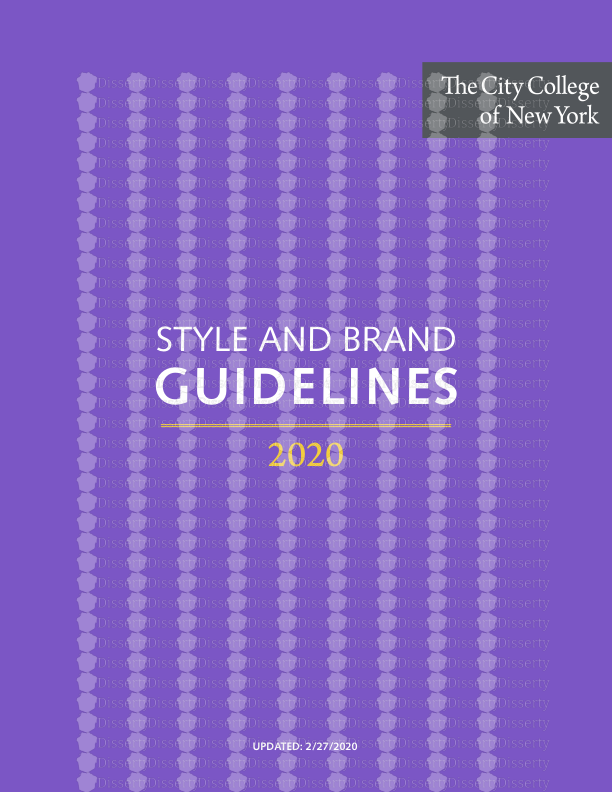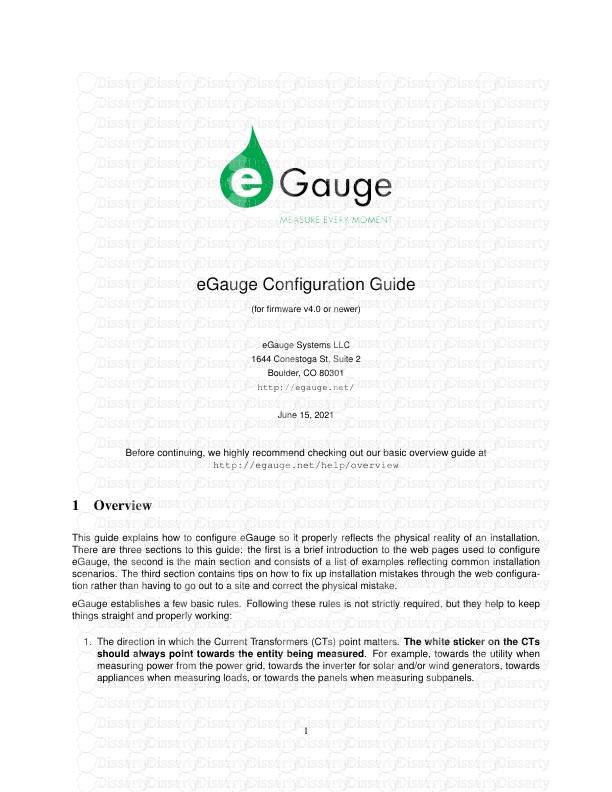Alberta Journal of Educational Research, Vol. 60, No. 2, Summer 2014, 322-338 3
Alberta Journal of Educational Research, Vol. 60, No. 2, Summer 2014, 322-338 322 © 2014 The Governors of the University of Alberta Examining the Relationship between Teachers’ Perceptions of Primary School Principals’ Power Styles and Teacher Professionalism Serkan Koşar1, Ali Çağatay Kılınç2, Emre Er1, Zeki Öğdem1, Gökhan Savaş3 1Gazi University, 2Karabük University, 3Kastamonu Vocational and Technical Anatolian High School The purpose of this study was to examine the relationship between primary school principals’ power styles and teacher professionalism. A total of 264 teachers employed in 10 primary schools in Kastamonu, Turkey, participated in this study. Kosar’s (2008) “Power Styles Scale,”and the “Teacher Professionalism Scale”—originally developed by Tschannen-Moran, Parish, and DiPaola (2006), and adapted into Turkish by Cerit (2013)—were used to gather data. The mean, standard deviation, correlation, and regression analyses were calculated to evaluate the data. The results revealed that teacher professionalism was positively and significantly related to personality and reward power, while being negatively and significantly correlated with legitimate and coercive power. The findings also showed that the power styles of school principals significantly predicted teacher professionalism. The outcomes of the study are discussed with respect to improving teacher self-efficacy. L’objectif de cette recherche était d’étudier le rapport entre les styles ou processus du pouvoir des directeurs d’écoles primaires et le professionnalisme des enseignants. À cette étude ont participé 264 enseignants travaillant dans 10 écoles primaires à Kastamonu, en Turquie. L’article « Power Styles Scale » de Kosar (2008) et la « The Teacher Professionalism Scale » d’abord développée par Tschannen-Moran, Parish et DiPaola, et ensuite adaptée en turque par Cerit (2013), ont servi à la cueillette de données. Pour évaluer les données, on a calculé la moyenne, l’écart type, la corrélation et les analyses de régression. Les résultats indiquent que le professionnalisme des enseignants présente une corrélation positive significative avec le pouvoir du référent et le pouvoir de récompense, et une corrélation négative significative avec le pouvoir légitime et le pouvoir coercitif. Les résultats indiquent également que le style du pouvoir des directeurs est un prédicteur fiable du professionnalisme des enseignants. On discute des résultats de l’étude dans l’optique d’améliorer l’auto-efficacité des enseignants. Introduction Teacher professionalism encompasses the improvement of the knowledge, skills, and competencies of teachers to enhance teaching profession standards, and to address students’ Examining the Relationship between Teachers’ Perceptions of Primary School Principals’ Power Styles and Teacher Professionalism 323 varying needs more effectively (Demirkasımoğlu, 2010). A review of related literature shows that there have been a series of both theoretical (Calgren, 1999; Coleman, Gallagher, & Job, 2012; Demirkasımoğlu, 2010; Grady, Helbling, & Lubeck, 2008; Hall & Schulz, 2003; Hargreaves, 2000; Helsby, 1995; Lai & Lo, 2007; Rizvi & Elliott, 2007) and empirical studies on this concept (Cerit, 2013; Day, Flores, & Viana, 2007; Dowling, 2006; Hildebrandt & Eom, 2011; Locke, Vulliamy, Webb, & Hill, 2005; Pearson & Moomaw, 2005; Tschannen-Moran, 2009). The theoretical studies have generally dealt with defining teacher professionalism, determining its boundaries, describing its historical development, explaining the reason for its emergence, and examining its relationship with teacher training. Empirical studies, on the other hand, have focused on the relationship between teacher professionalism and bureaucratic school structures (Cerit, 2013; Tschannen-Moran, 2009), teacher autonomy (Pearson & Moomaw, 2005), and job performance (Dowling, 2006) as well as the different variables that influence teachers’ perceptions of professionalism (Day et al., 2007; Hildebrandt & Eom, 2011; Locke et al., 2005). Principals are integral in determining how teachers perceive professionalism, which Boyt, Lusch and Naylor (2001) define as the attitude and behavior teachers have towards their job. The power styles used by principals could be significant due to this, as they have the potential to affect the relationship between the principal and their teachers. There has been increased academic interest in how power affects organizations, with many researchers focusing on the importance of power relationships and effective administration (Buchanan & Huczynski, 2004; Elliott, 2000; French & Raven, 1959; Hoy & Miskel, 2005; Kılavuz, 2002; Koşar, 2008; Koşar & Çalık, 2011; Mintzberg, 1983; Morgan, 2006; Pfeffer, 1992; Schermerhorn, Hunt, & Osborn, 2000). Associated research related to power in teaching examines six subject areas. x Power style preferences by job satisfaction, education, age, and sex (Karaman, 1999); x The kind(s) of power seen as being influential in particular positions and jobs; (Kırel, 1998); x Which power style(s) and in what ways are used by administrators, as well as the response of employees to such uses (Kırel, 1998); x The perceptions of heads of departments and instructors have regarding preferred power style(s) (Özaslan, 2006); x The power style(s) employed by school administrators (Koşar, 2008); and x The power style(s) used by administrators’ to control and manage their subordinate’s behaviors towards organizational purposes in various service sectors (Munduate & Dorado, 1998). This study investigates the relationship between the power styles used by principals and teacher professionalism. Since principals are important to professional teacher development (Barth, 1990), their power styles could be an important variable in the way professional teachers behave. Rizvi (2008), for example, emphasized that principals should share power with teachers to improve teacher professionalism. Another study reported that the level of collaboration between principals and teachers should be increased; additionally, the administrative competencies of principals should be improved to promote teacher professionalism (Botha, 2011). From these studies, therefore, it could be argued that the ways school principals use power is associated with teacher professionalism and development. In this respect, the findings of our current study may contribute to a better understanding of the predictors for teacher professionalism, and may help determine the relationship between the power styles used by S. Koşar, A. Ç. Kılınç, E. Er, Z. Öğdem, G. Savaş 324 school principals and teacher professionalism. This is a valuable construct for both student achievement and school improvement. The analyses in this study also deliver guidance for which power styles are effective for the development of teacher professionalism. With these predictions, this study could have some important implications for policy makers, school administrators, and teachers. Power Styles The essence of power can be explained as the ability to have control over the behavior of others (Schermerhorn et al., 2000). Robbins and Coulter (2003) define power as the skill an administrator possesses to influence organizational actions and decisions. In comparison, according to Horner (1997) power is the capability to do something and obtain a result. Clegg, Courpasson, and Phillips (2006) further describe power as the oxygen needed for breathing in organizations. This can be related to the work of Karaman (1999), who states that in organizations, administrators have power styles related to their position in the organization as well as their personal characteristics. Position power and personality power are two important power bases recognized in organizational behavior that also apply to teachers’ professionalism. Position power is related to an administrator’s position in the organizational structure, a power that is often bestowed by their superiors; in contrast, personality power refers to an administrator’s personality characteristics (Hitt, Black, & Porter, 2005). Research has determined many classifications for power and power styles; however, there are only five popular power styles in the field of educational administration: legitimate power, coercive power, reward power, charisma power, and expert power (French & Raven, 1959). These five power styles have been shown to be used to purposely change employee beliefs, attitudes, and behavior (Munduate & Gravenhorst, 2003). Derived from theoretical and experimental studies conducted in the USA, the conceptualization of French and Raven in regard to power styles has been used as a base in a wide range of studies (Boonstra & Gravenhorst, 1998; Buchanan & Huczynski, 2004; French & Raven, 1959; Fuqua, Payne, & Cangemi, 2000; Griffin, 2002, 2006; Karaman, 1999; Koop & Grant, 1993; Koşar, 2008; Mintzberg, 1983; Mondy & Premeaux, 1995; Mullins, 2005; Rahim, Antonioni, & Psenicka, 2001). Due to their position within an organization, an administrator holds three distinct types of power style which are legitimate power, reward power, and coercive power (Hitt et al., 2005; McShane & Von Glinow, 2005; Medina, Munduate, & Guerra, 2008; Schermerhorn et al., 2000). Legitimate power is the official authority granted to the administrator through their job title, which employees are expected to respect (Hitt et al., 2005; Şimşek, 2005). Coercive power is the degree to which an administrator deprives his/her employees of desired rewards or the degree to which s/he use punishment to control other people (Schermerhorn et al., 2000). Since this power type is based on disciplining others, it can be used by both superiors and subordinates (Karaman, 1999). Subordinates may use coercive power by slowing down the work flow, by not carefully following the orders from administrators and by hiding vital information from superiors. The influence of this power comes from the certain habits of administrators, such as scare tactics and the penalization of subordinates (Hellriegel, Jackson, & Slocum, 2002). Reward power is defined as the capability to re-numerate (French & Raven, 1959), and refers to the degree to which an administrator employs an external and/or internal incentive system to control other people. Money, promotion, uploads/s3/ examining-the-relationship-between-teachers-x27-perceptions-of-primary-school-principals-x27-power-styles-and-teacher-professionalism-pdf.pdf
Documents similaires






-
27
-
0
-
0
Licence et utilisation
Gratuit pour un usage personnel Attribution requise- Détails
- Publié le Fev 09, 2022
- Catégorie Creative Arts / Ar...
- Langue French
- Taille du fichier 0.8378MB


